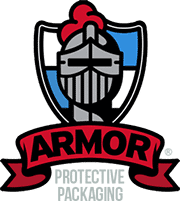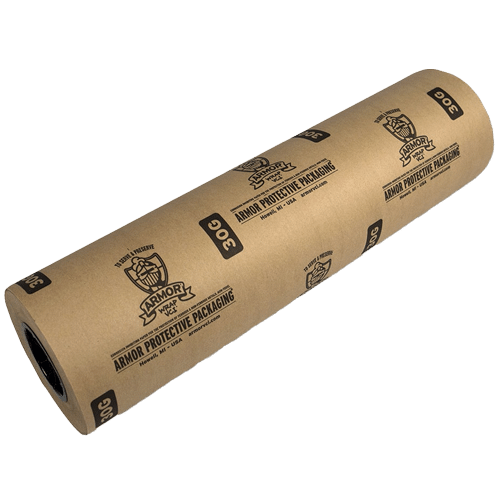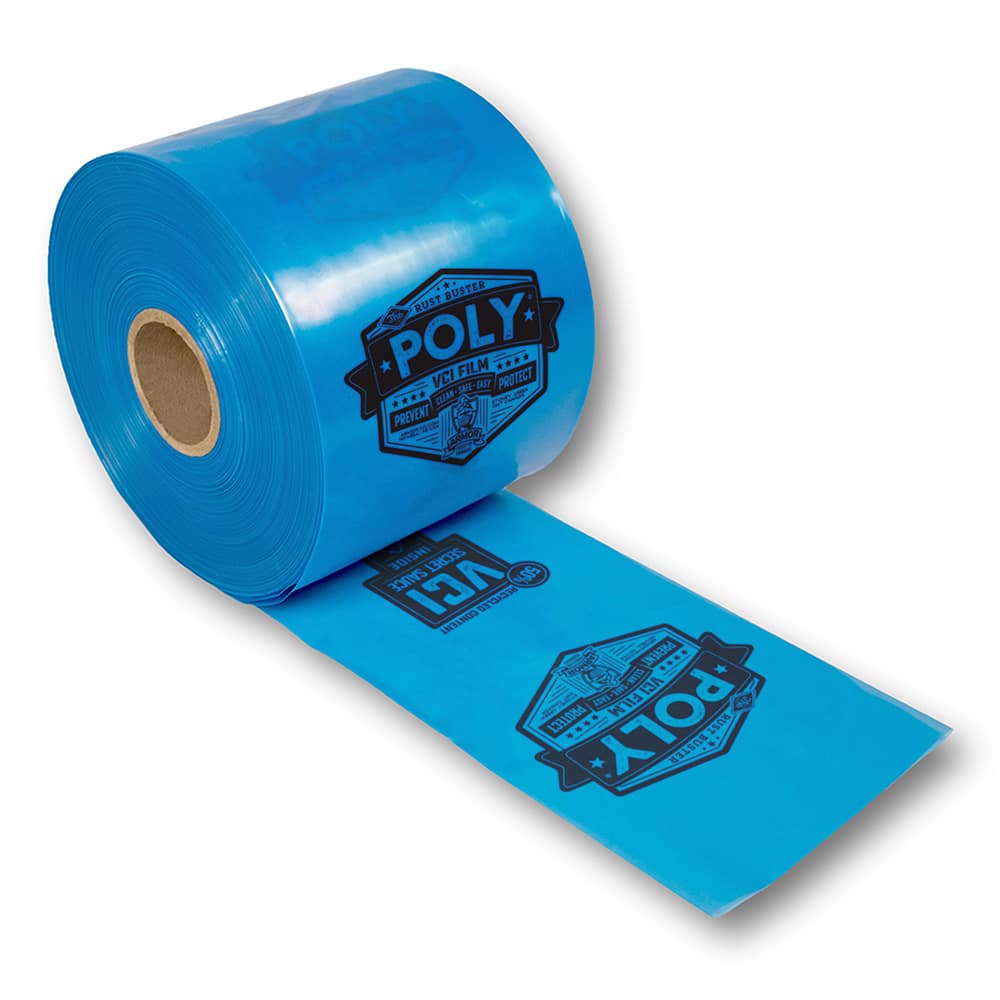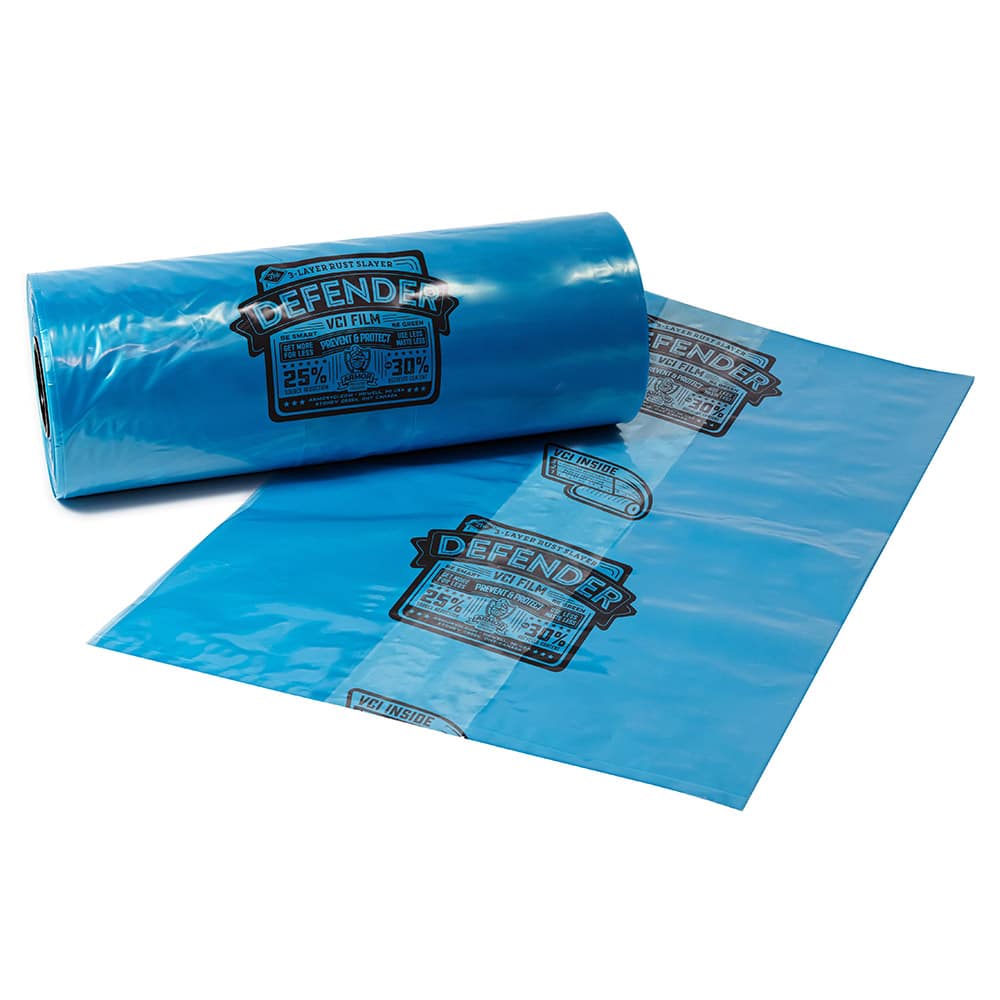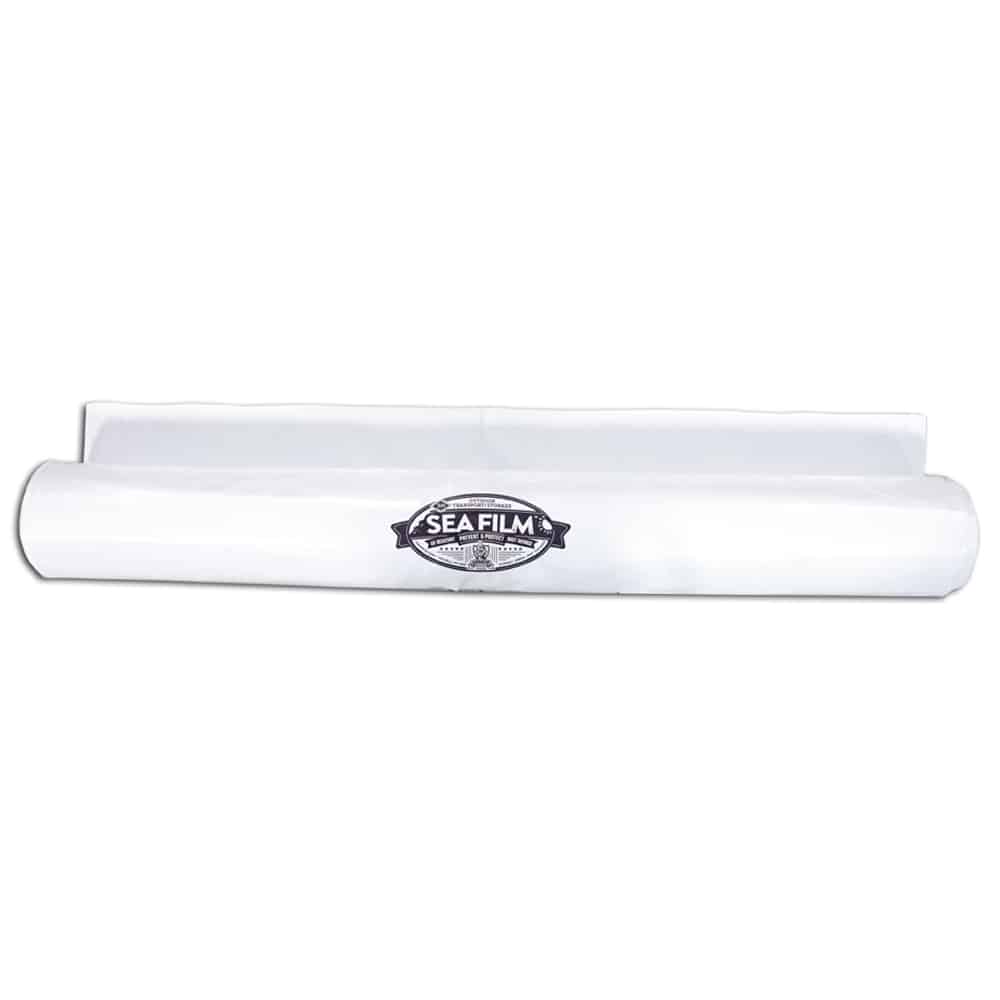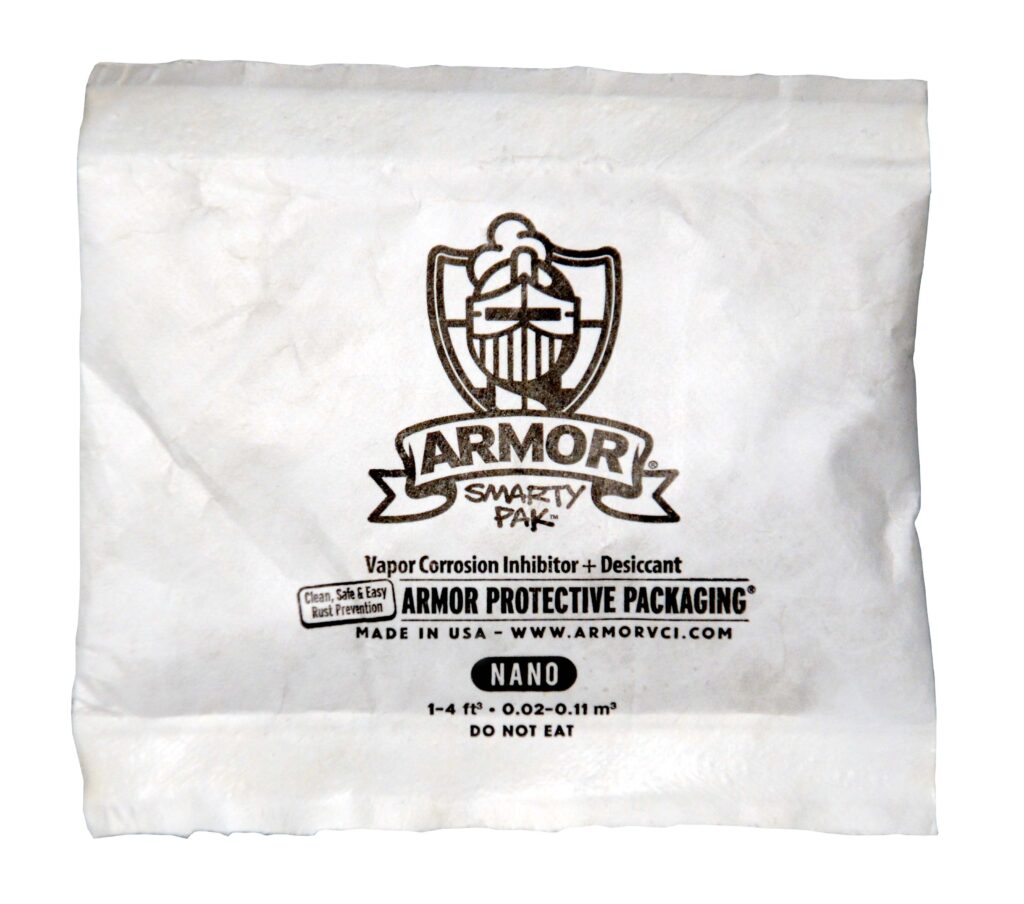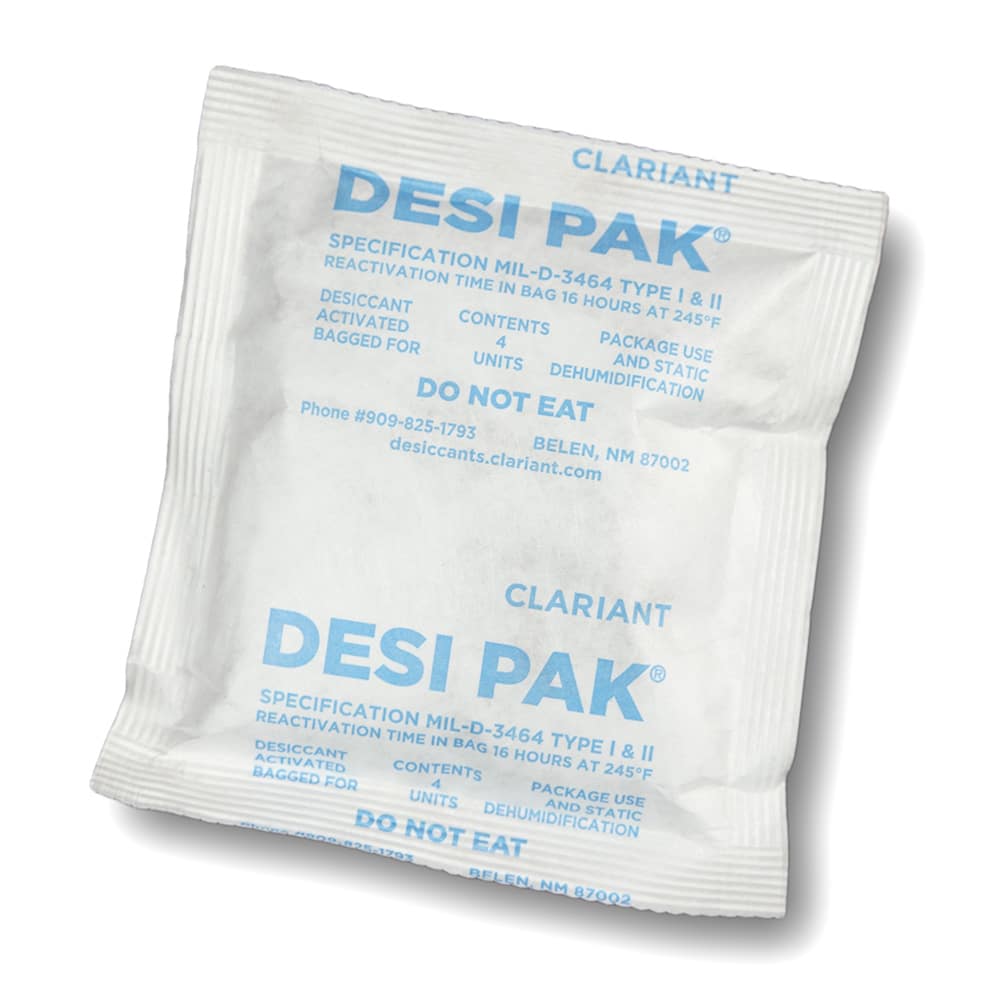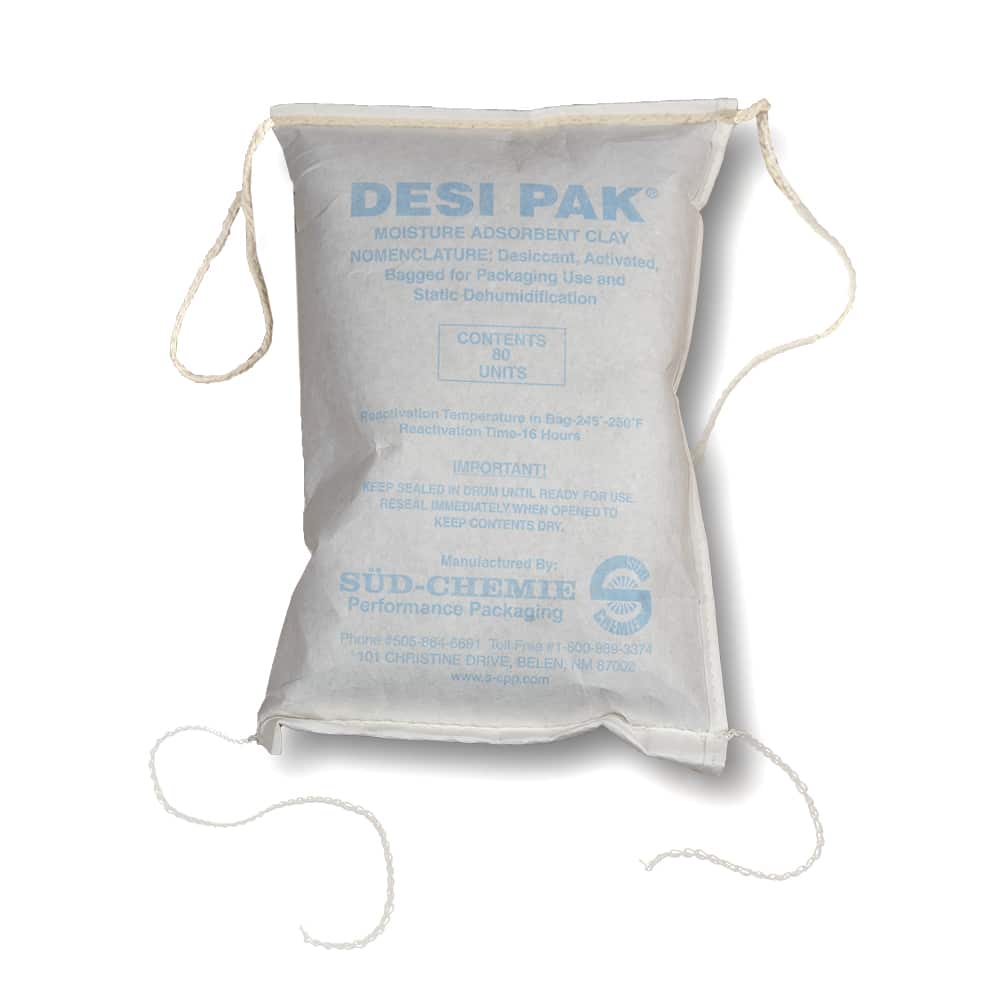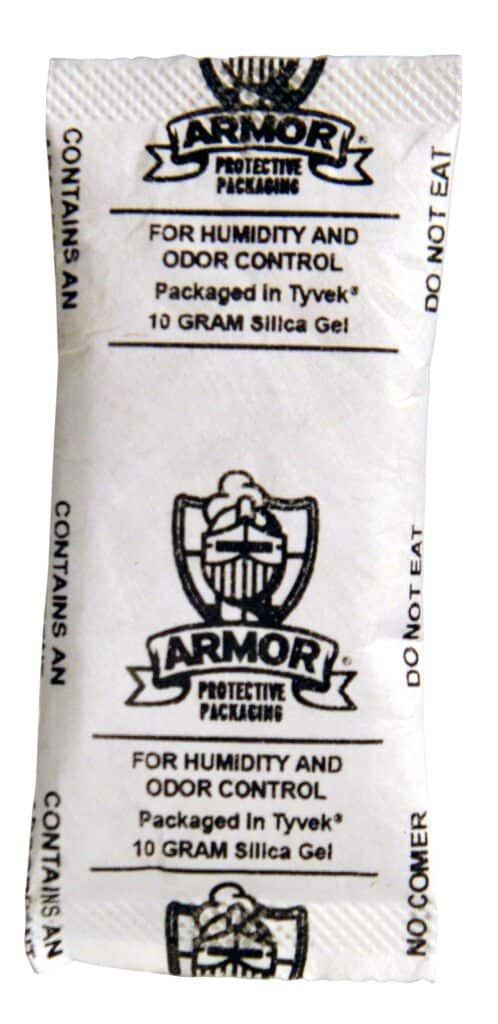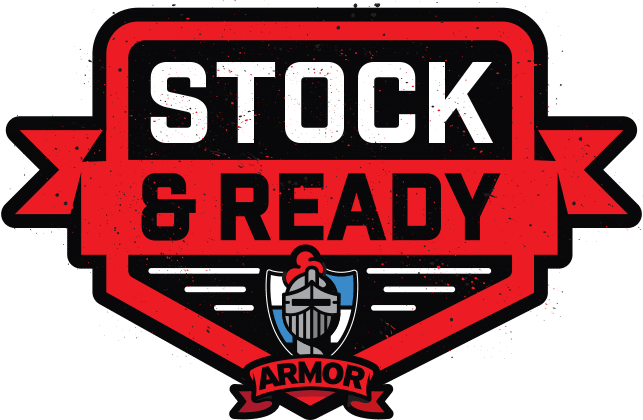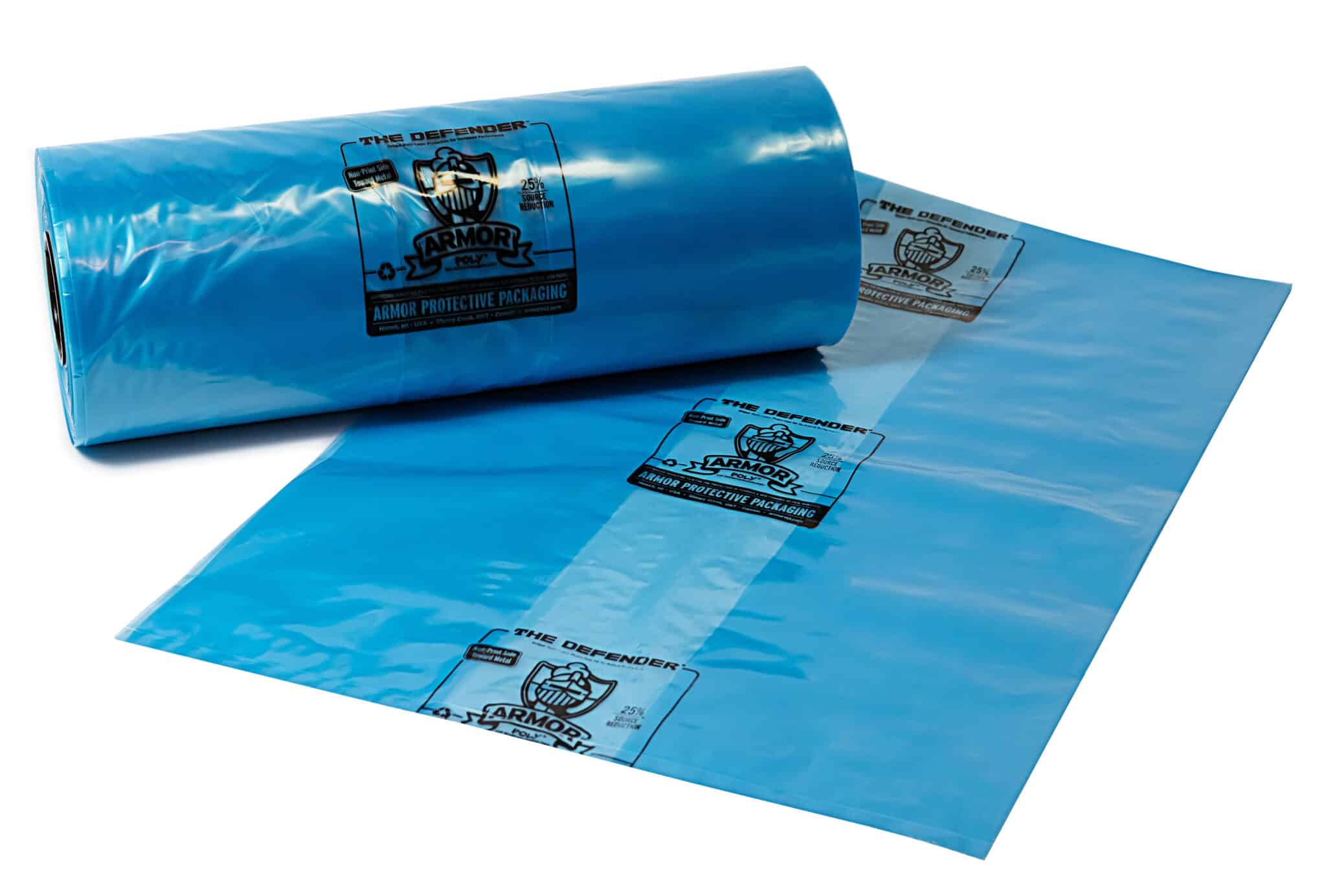Shipping overseas allows your metal/metal parts to reach new markets and expand your business. However, keeping metal parts clean and rust-free during transport can present a number of obstacles. Damage from the environmental conditions that are a part of overseas shipping – heat, humidity, saltwater – are major challenges facing manufacturers who are shipping overseas. But, it isn’t all doom-and-gloom, because it IS possible to protect metal parts from corrosion when shipping overseas! Let’s explore several rust prevention options.
How to Prevent Rust When Shipping Metal Parts Overseas
Over half of all overseas shipments make their journey in shipping containers. Goods, such as metal parts, are loaded into large shipping containers that are sealed and locked. The shipping containers are then loaded on and off the ship and transported to their end destination via trucks. It is a relatively organized and efficient way to manage large shipments across long distances.
Unfortunately, the process of shipping overseas using shipping containers is not fail-proof and goods are still exposed to many potentially damaging conditions. Though many shipping containers are watertight, the contents (such as metal parts) are still highly susceptible to corrosion. It is almost inevitable that oxygen and water (whether in liquid or vapor form) will be present in the same shipping container as your precious metal-parts cargo creating the ideal conditions for corrosion.
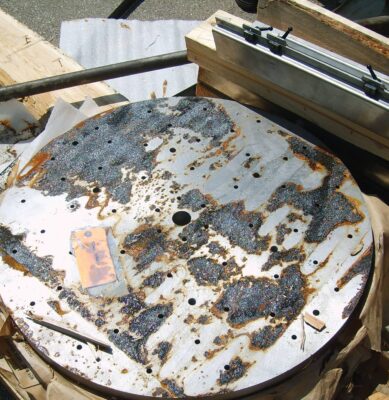
By some estimates, about 10% of all container goods must be discarded due to moisture damage. Products like metal parts can rust and corrode and many times it is variables on the outside of the shipping container that create the moisture that is so destructive to the contents on the inside.
Those familiar with the use of shipping containers will attest to the substantial damage that “container rain” can have on goods of all types, from bulk commodities to finished products, on food items, apparel, shoes, electronics or on metal parts, components, machinery or equipment.
Container rain is the term given to describe the condensation that often forms on the inside walls and ceiling of a shipping container and then drips or “rains” onto the cargo. It is the result of temperature fluctuations in the air inside the shipping container that are due to temperature fluctuations in the air outside of the container that are caused by exposure to the sun, nightfall and differing climates.
Simply put, container rain — or moisture of any kind – is Public Enemy Number 1 when it comes to corrosion and it has no place inside of a shipping container. With this information in mind, how can you prevent rust when shipping overseas? There are several “lifesaving” strategies that will help keep your metal/metal parts clean and free of corrosion during their overseas travels come hell or high water!
Start with A Clean Slate …
To avoid corrosion of metal parts — whether they are in process, in storage or in transport – make sure they are clean, dry and contamination-free. In addition, avoid touching metal parts with bare hands; always wear gloves when handling. The acids, oils and contaminants found on human hands, specifically the fingerprints, are highly corrosive. When hands come into contact with metal parts, the oils and contaminants are transferred to the surface of the metal part, which can cause and accelerate corrosion.
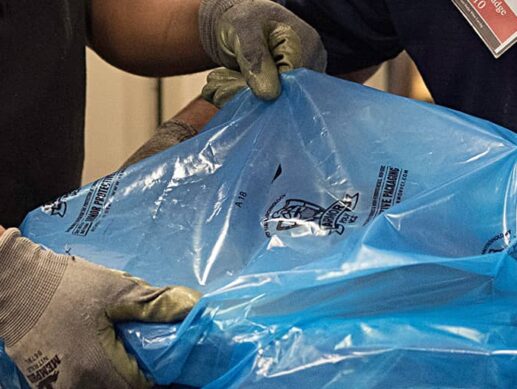
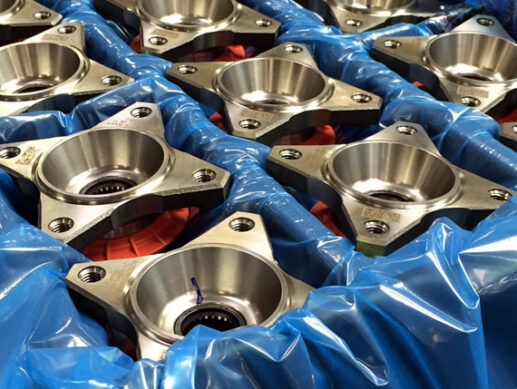
Avoid Direct Contact with Cardboard and Wood
Packaging items in cardboard boxes, wooden crates or on wooden pallets before placing them in a shipping container is like pouring gasoline on a fire. All “forestry” products — those made of wood, paper or corrugated cardboard — contain moisture, acids and chlorides that can actually accelerate the formation of corrosion on metal parts. When preparing metal parts for shipping overseas, ensure that they are not in direct contact with these materials. In addition, use a protective VCI film to enclose metal parts or to line boxes, wooden crates or pallets. VCI film creates an effective barrier that will not only protect the surface of metal parts, but the vapor corrosion inhibitor – VCI — will actively prevent rust.
Shop Products
Use VCI for Safe and Effective Rust Prevention
Vapor corrosion inhibitors (VCI) are a type of chemical compound that is used to protect ferrous and non-ferrous metals from rust and corrosion. VCI is combined with different types of materials such as paper or poly film to create packaging supplies that also prevent rust. When metal is wrapped, sealed or enclosed in a VCI packaging product, the VCIs activate to form a protective shield on the surface of metal that repels moisture and rust. VCI is almost always the better choice over oils and other rust prevention methods because there’s no mess, no time- or labor-intensive application or removal process and it eliminates exposure to hazardous liquids.
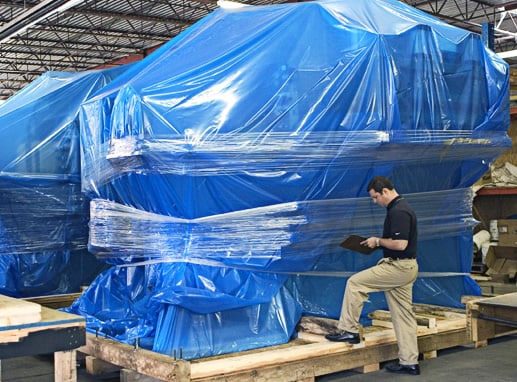
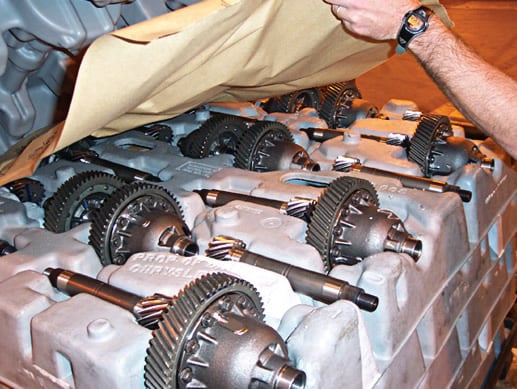
Don’t “Overpack” Your Metal Parts
Though overseas shipping containers are large in size, avoid the temptation to save space by overpacking or storing items tightly together. Packing metal parts too tightly can cause friction between parts that results in damage or causes the protective plastic layer of VCI film to puncture, rip or tear. As a general rule of thumb, line boxes, crates or pallets with VCI film; use sheets of VCI film between layers of metals parts; and cover the outside of boxes, crates or pallets with VCI film to keep metal parts safe and protected during overseas shipping or other methods of transport.
Keep Them Covered
Oversized metal parts, machinery or equipment can often be difficult to protect from rust while in transport. Their large size or unusual shape may not fit into a shipping container or, if they do, they may still be at risk of exposure to container rain. ARMOR VCI SEA Film™ is designed to protect metal parts from the elements even in the most extreme outdoor conditions. SEA Film uses a durable, three-layer design to protect metal parts during outdoor storage or transport for up to 9 months. The outside layer contains a UV light inhibitor to stop the damaging heat of UV light, the center layer offers strong barrier protection, and the inside layer uses VCI to prevent rust.
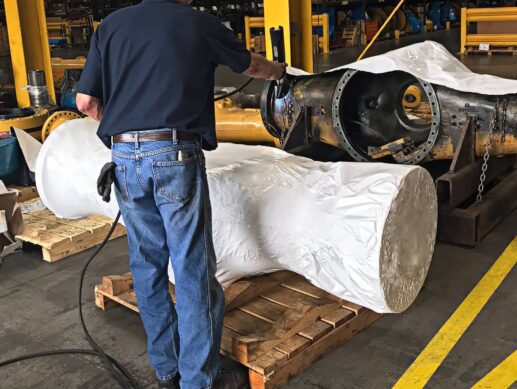
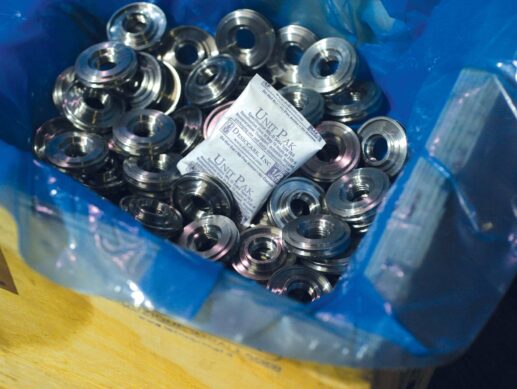
Desiccants Dry It Up and Out
Desiccants use drying agents such as clay, silica gel or calcium chloride to adsorb water and manage humidity and moisture levels inside the shipping container. They come in a variety of sizes from small packets (.5 grams) to large pouches to mega-sized bags (2,500 grams). When hung from the ceiling and/or walls inside a shipping container, they trap and hold on to moisture to prevent damage and corrosion. Desiccants can be combined with other rust prevention methods for added protection of metal parts.
When using a shipping container, consider your metal/metal parts cargo and its packaging carefully. With the right combination of packing methods, protective measures and rust-prevention materials, your metal parts can weather their overseas transport and arrive at their end destination clean and rust free.
